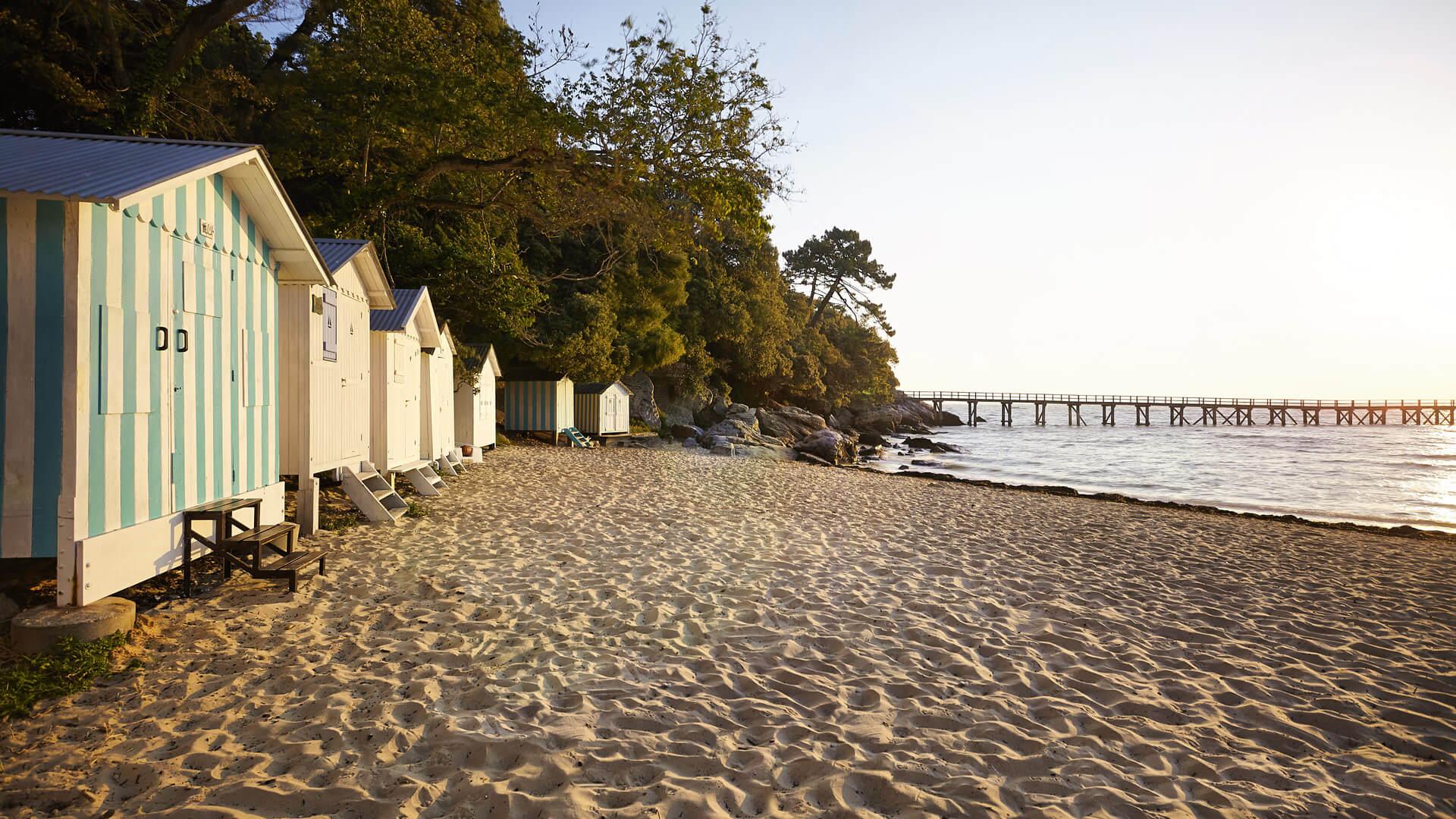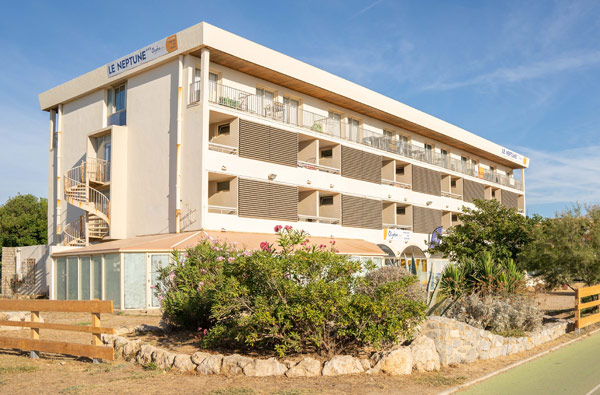The Vendée, part of the Pays de la Loire region, is a multi-faceted destination that promises unforgettable holidays. Between beaches, forests, marshes and hedged farmland, discover an area with a unique natural, cultural and architectural heritage. What to see and do in the Vendée? Follow the guide!
Beaches and seaside resorts in the Vendée
The Vendée coast, nicknamed the Côte de Lumière (Coast of Light), attracts visitors with its fine sandy beaches and seaside resorts. With 250km of coastline, including 140km of beaches, the Vendée is a delight for swimmers, water sports enthusiasts and seaside walkers. Well-known seaside resorts such as Saint-Jean-de-Monts, Les Sables-d'Olonne and La Tranche-sur-Mer get you into the swing of things straight away, with the sound of the waves, the smell of monoi and the chichis vendors on the beach.
All aboard for the islands of Vendée
The Vendée also has two islands to explore: Yeu and Noirmoutier, each with its own personality. The island of Noirmoutier can be reached via a bridge or by crossing the Gois, a submersible route unique in the world, which is revealed at low tide. Beaches, salt marshes and pretty villages punctuate the discovery.
To get to Ile d'Yeu, take the boat from the Fromentine or Saint-Gilles Croix de Vie pier (45-minute to 1-hour crossing). Once you arrive on the island, you can enjoy the unspoilt coastline and visit the Port de la Meule, the Vieux Château, the Grand Phare and the citadel.
Immerse yourself in medieval Vendée, between castles and abbeys
The Vendée is an area rich in heritage, where every stone tells a story. One of the most visited cultural sites is the château de Tiffauges - Bluebeard's castle - which takes you back to the heart of the Middle Ages. It is the largest medieval site in western France.
Just a stone's throw from the forest of Mervent, between the Marais Poitevin and the Puy du Fou, a diversion to Vouvant is a must. Vouvant is one of the most beautiful villages in France, and the only one in the département. Discover the history of this fascinating medieval village, where the spirit of the fairy Mélusine is everywhere.
You should also visit the Royal Abbey of Nieul-sur-l'Autise, where Eleanor of Aquitaine was born. In the heart of the Chassay forest, Grammont Priory is also well worth a visit. This miniature abbey was founded by Richard the Lionheart in the 12th century. Finally, near Les Lucs-sur-Boulogne, the Historial de la Vendée retraces 7,000 years of local history, in particular the Vendée wars that bloodied the region after the French Revolution.
The must-see Puy du Fou
Puy du Fou, voted the best theme park in the world, made its name with its Cinéscénie night show. Today, the historical theme park offers around 15 shows, each as grandiose as the last: gladiators, Vikings, knights and musketeers engage in epic battles on stage.
- To help you plan your day at the Puy du Fou, check out our tips for seeing as many shows as possible.
The Vendée bocage, the ‘Little Switzerland’ of the Vendée
The bocage, the emblematic landscape of the Vendée, offers a green interlude in the ‘Little Switzerland of the Vendée’. Inland, you'll discover a succession of fields and pastures criss-crossed by hedges and crossed by numerous watercourses: the Grand Lay and Petit Lay, the Petite Maine, La Boulogne and La Mère. Many outdoor activities have developed here, including hiking, boating, canoeing, fishing, horse-riding and tree-climbing. The bocage villages of Pouzauges, Mouchamps and Bazoges-en-Pareds are also well worth a visit.
- See also : Discover the Mervent-Vouvant forest, the largest in the Vendée
The Marais Poitevin, the green Venice of the Vendée
In the south of the Vendée, in the heart of the Marais Poitevin Regional Nature Park, the ‘Venise Verte’ is one of the department's most visited natural tourist sites. You can visit the Marais Poitevin on foot, by bike or, above all, by boat with a boatman. The canals lined with pollarded ash trees, forming a cathedral of greenery, are home to a rich and original fauna and flora. You can also explore the typical market-garden villages of Arçais, Coulon and Maillezais.
Discover the salt marshes
Do you know how the famous fleur de sel is harvested, a favourite of top chefs? In Saint-Hilaire-de-Riez, the salt producers organise guided tours to discover this ancestral know-how, which began in the 7th century and continues to this day. In Les Sables d'Olonne, a boat cruise on the ‘Rivière salée’ takes you into the heart of the salt works to discover the secrets of white gold.
What would the Vendée be without its gastronomy
In the Vendée, gastronomy wanders between land and sea. Among the culinary specialities not to be missed are seafood, particularly oysters from Bouin and mussels from l'Aiguillon-sur-Mer. There are also typical dishes such as mogette, a white bean that accompanies the famous Vendée ham, Vendée brioche and préfou with butter and minced garlic. When it comes to wine, five terroirs give birth to original and still confidential wines: Brem, Chantonnay, Mareuil, Pissotte and Vix.
Where to stay on holiday in the Vendée?
The ‘Le Hameau de Vouvant’ holiday home village, located between the Puy du Fou and the Marais Poitevin, is an ideal base for visiting the Vendée. Stay in comfortable holiday flats for 4 or 6 people. Take advantage of the lounge bar, restaurant and outdoor swimming pool, or hire bikes for rides along the green paths of the Vendée.



















.png)

.png)

